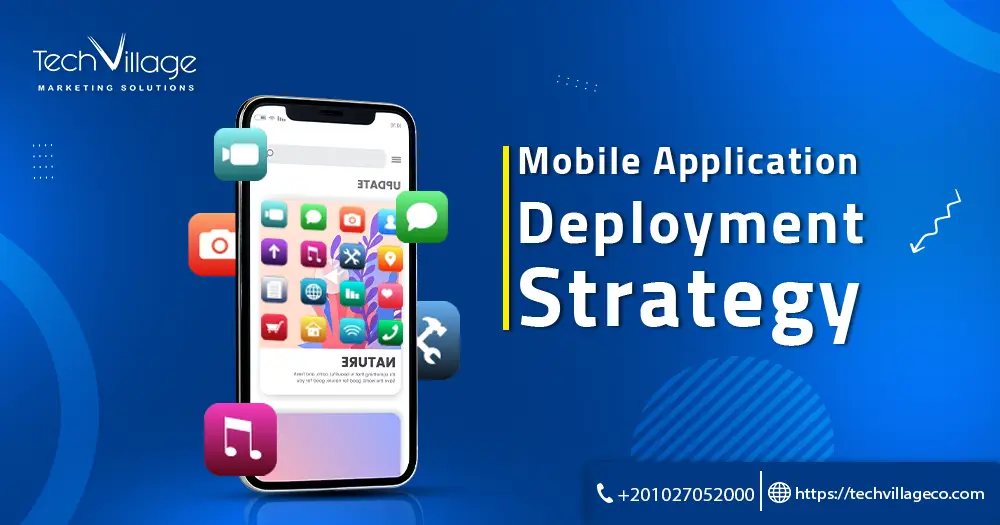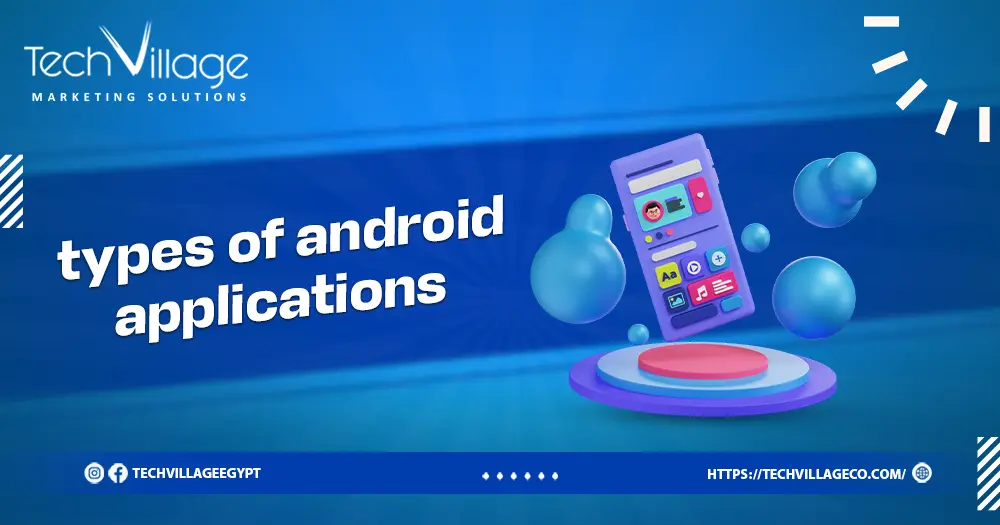mobile application deployment strategy is a crucial aspect of releasing a successful app to the market. It encompasses a well-thought-out plan and execution for making the application available to users.
From selecting the right app stores to determining release phases and managing updates, a strategic approach ensures optimal visibility, usability, and adoption of the mobile application.
In this article, we’ll delve into the key components of a mobile application deployment strategy, exploring the steps involved and highlighting best practices that play a pivotal role in maximizing the app’s reach and impact.
Table of Contents
ToggleMobile application deployment strategy
mobile application deployment strategy refers to the process of making a mobile application available for use by end-users. It involves several steps from the finalization of the app development to making it accessible through various platforms, ensuring a smooth and effective user experience.
Building a strong mobile app
Building a mobile application deployment strategy requires a well-structured approach that encompasses various crucial aspects, from conceptualization to post-launch enhancements. 
Planning your mobile app project for success
Planning your mobile application deployment strategy project is a critical step to ensure its success. Proper planning helps in setting clear goals, defining project scope, allocating resources effectively, and establishing a roadmap for development. Here’s a structured approach to mobile application deployment strategy:
1- Define project goals and objectives:
- Clearly articulate the purpose of your app and what you intend to achieve with it.
- Establish measurable objectives, such as the number of downloads, user engagement, or revenue targets.
2- Identify target audience and market research:
- Identify your app’s unique value proposition and how it will address a gap in the market.
3- Outline app features and functionality:
- List down all the features you envision for your app based on user research and market demand.
4- Create a project scope document:
- Define the scope of the project, including features, technology stack, platforms, and integrations.
- Set boundaries to avoid feature creep and ensure the project stays on track.
Read also: Mobile Applications The Essential Key To Simplify Life.
5- Establish a realistic timeline and milestones:
- Break down the project into phases and set achievable milestones for each phase.
- Create a Gantt chart or a project timeline to visualize the project’s progress and deadlines.
6- Allocate resources and budget:
- Identify the team members needed for the project, including developers, designers, testers, and project managers.
- Allocate a budget for development, marketing, maintenance, and potential contingencies.
7- Technology stack and platform selection:
- Choose the appropriate technology stack based on your app’s requirements and objectives.
- Decide whether you’ll develop for iOS, Android, or both platforms and choose relevant development tools accordingly.
Here’s: Mobile Application And Device Platform.
Deploying your mobile app for the world to use
mobile application deployment strategy is a crucial step in turning your vision into a tangible product that reaches users globally. Here’s a structured approach to effectively deploy your mobile app and make it accessible to a wide audience:
1- Finalize app Store presence:
- Ensure your app is well-prepared for submission to app stores (e.g., Apple App Store, Google Play Store).
- Complete all required app listing details, including app name, description, screenshots, icons, keywords, and categories.
2- Compliance and guidelines:
- Familiarize yourself with the guidelines and policies of the target app stores to ensure compliance during the submission process.
- Make necessary adjustments to meet all requirements and guidelines set by the app stores.
3- Submission and review:
- Be patient during the review process and be ready to address any feedback or requests from the app store review team.
Get to know: How To Upload An Application To Google Play.
4- Pre-launch marketing and awareness:
- Generate excitement and anticipation for your app by engaging in pre-launch marketing activities.
- Leverage social media, email marketing, influencer partnerships, and other channels to create awareness and build a user base even before the official launch.
5- Launch day and promotion:
- Plan an official launch day with targeted marketing campaigns to maximize visibility and downloads.
- Utilize various marketing strategies to promote your app, such as app store optimization (ASO), press releases, blog posts, and launch events.
6- User onboarding and support:
- Prepare an effective onboarding process to guide users through your app’s features and functionalities upon their first use.
- Establish channels for user support, feedback, and inquiries to ensure a positive user experience from the start.
Read also: Android App Features List.
Three crucial steps for mobile app deployment
According to tech village, here are three crucial steps for mobile app deployment:
1- Thorough Testing and Quality Assurance:
A. Description:
- Before deploying the app, thoroughly test it to ensure it meets quality standards and functions as expected.
B. Key Activities:
- Conduct functional testing to validate features and functionalities.
- Perform compatibility testing across devices and operating system versions.
- Test for security vulnerabilities to safeguard user data.
- Evaluate app performance under various conditions.
C. Importance:
- Rigorous testing helps identify and rectify issues, ensuring a polished app and a positive user experience.
2- Optimization for app stores:
A. Description:
- Prepare the app for submission to app stores by optimizing its listing and assets to enhance visibility and discoverability.
B. Key Activities:
- Create an engaging app description and compelling visuals (screenshots, videos, icons).
- Choose relevant keywords for app store optimization (ASO) to improve search rankings.
- Set appropriate categories and tags to help users find the app easily.
C. Importance:
- Proper optimization increases the app’s visibility, attracting more potential users to download and use the app.
Read also: Mobile Application Development In Egypt.
3- Strategized launch and post-launch monitoring:
A. Description:
- Plan a strategic app launch and monitor its performance post-launch to gather user feedback and make necessary improvements.
B. Key Activities:
- Plan a marketing and promotion strategy to create buzz and attract initial users.
- Monitor user reviews and feedback on app stores for insights and areas of improvement.
- Analyze app analytics to understand user behavior, engagement, and retention.
- Roll out updates based on feedback and analytics data to enhance the app’s performance and features.
C. Importance:
- A well-executed launch and continuous monitoring enable adjustments based on real user experiences, leading to sustained app growth and success.
Conclusion
In conclusion, a well-crafted mobile application deployment strategy is the linchpin for a successful app launch and sustained growth. It involves careful planning, precise execution, and continuous refinement to meet evolving market demands and user expectations.
From considering the ideal app stores and platforms to orchestrating phased releases, effective deployment ensures seamless user adoption and enhances the app’s visibility.
FAQ
What is the most important deployment step?
The most important deployment step in mobile app development is a thorough and comprehensive testing process. Before releasing an app to the public, extensive testing is critical to ensure the app's functionality, performance, security, and usability meet the desired standards.
What is the most popular deployment model?
The most popular deployment model for mobile apps is the direct deployment through app stores. Mobile apps are primarily deployed through official app stores for the respective platforms, such as the Apple App Store for iOS and Google Play Store for Android.

 AR
AR



